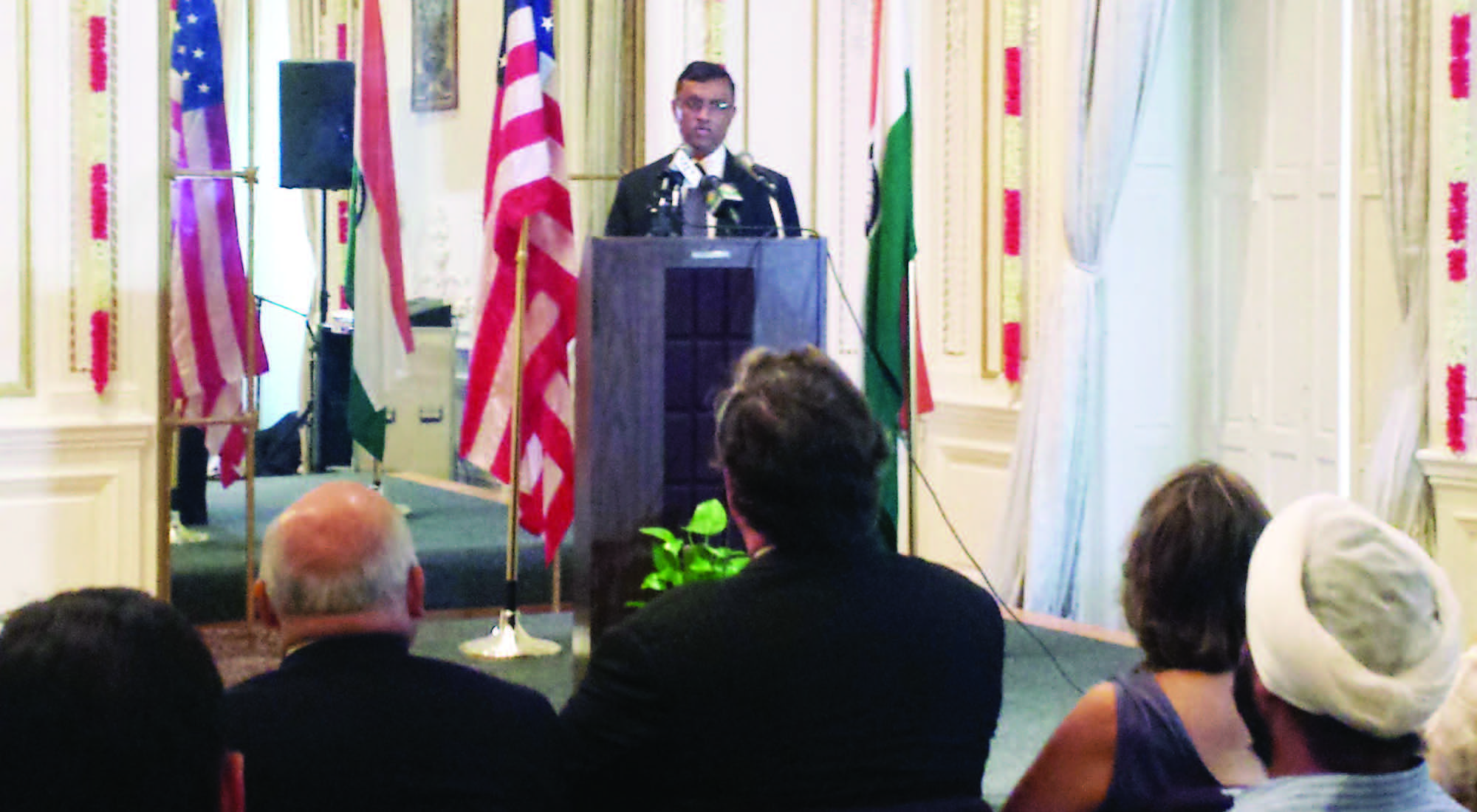
New Delhi’s ties with Washington are not problem-free but have evolved enough to weather transitions well. In the run-up to the U.S presidential polls, when bilateral diplomatic activity was expected to taper off, South Block logged as many as a dozen delegations from Washington between September 25 and end-October. Four of these were headed by cabinet minister-level officials.
Even just a couple of days before the Americans went to the polls, U.S. diplomats landed in Delhi for a trilateral meeting with Japan and the U.S. Simultaneously, senior officials from the Pentagon arrived with a U.S. Navy complement that was to conduct joint exercises with the Indian Navy. “The relationship now is truly institutional in character. Regardless of the transition, the momentum would have continued. With Barack Obama‘s reelection, many of the faces will remain the same,” said a senior diplomat.
That does not mean it is a problem-free relationship. But officials on both sides are beginning to accept that there are some issues on which the two will never agree, and others that have evolved to the point they need to be ramped up to the next level of engagement. Defense is one area where India is keen to push up. Starting from scratch around 2004-2005, U.S. companies have sold $10 billion worth of military hardware to the Indian armed forces in under a decade.
India is now eager to move to R&D and coproduction but is yet to find the same readiness on the other side. For its part, Washington feels the economic dividend of the India-U.S. strategic partnership has been below expectations although the decision to open the retail sector to foreign direct investment has given it some cause for cheer. India too has its own concerns including the clamping down of work visas for techies and the foot-dragging over access to U.S. fossil fuel.
One big ticket item that has failed to make much progress is civilian nuclear cooperation. Having done the heavy lifting, the U.S was expecting quick rewards. But the Nuclear Liability Act has put paid to American hopes of quickly setting up multi-billion dollar plants in Gujarat and Andhra Pradesh. With anti-nuclear protests, and the U.S. demanding that the Act should be modified to conform to international legislation, the complication has increased. For India too, the rate of return from the nuclear deal has been negative. Issues remain relating to the transfer of top-end technology to India.
Many of these are categorized as sensitive or dual use, and the U.S has been unable to help India enter four export control regimes including the Nuclear Suppliers’ Group. In the field of cyber security, the wariness about letting an outside agency get too close to the Indian cyber security set-up has not diminished the eagerness to learn from the U.S, as well as partner it. “After all most of the servers are in the U.S. We need to do a lot more in the area of cyber crime by getting to the stage where they respond to most of our information needs,” said an official. Officials say there is greater convergence on security cooperation, particularly counter-terrorism.
While India and the U.S. have a meeting of minds on most global trends, whether it is partnership in Africa or beefing up collaboration in maritime security, politically, the biggest divergence is on West Asia. “We don’t want to compete with or undermine the U.S. position in the region but they should learn from us. And what’s most important is that the areas where both differ should not become disagreements or disputes. That is something India has to achieve with the second Obama administration,” said a senior official.




Be the first to comment